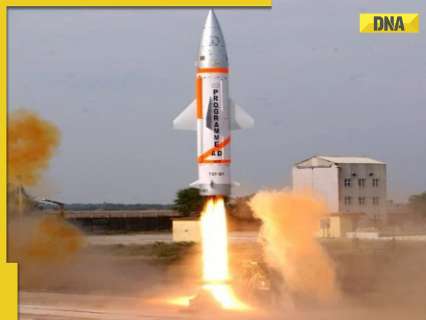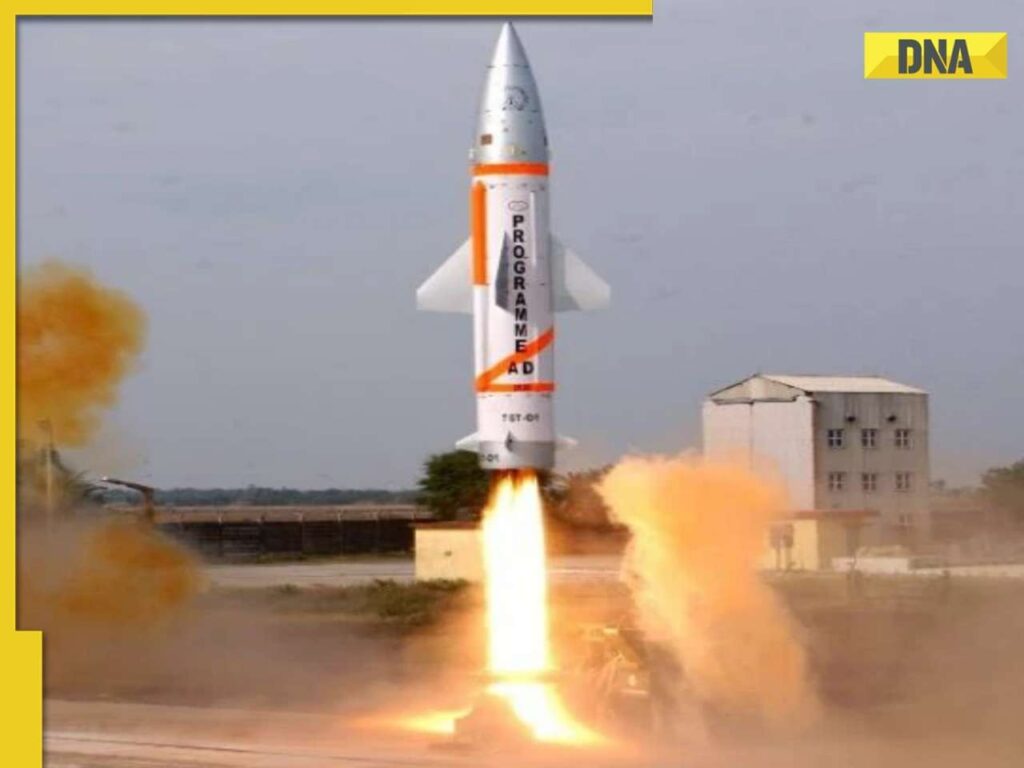
India’s air defence works on a similar principle, with each system designed to handle specific types of threats at different altitudes and distances.
In a world where threats from the air are constantly evolving, having a robust air defence system is crucial. Like Israel’s famous ‘Iron Dome,’ India is building its own multi-layered shield to protect its skies from various aerial attacks. This isn’t just one system, but a combination of different technologies working together. Let’s break down some of the key components: PAD, AAD, Akash, and the S-400.
Think of it like having different kinds of security guards for your home. Some stand far away to warn you of danger early, while others are closer to tackle immediate threats. India’s air defence works on a similar principle, with each system designed to handle specific types of threats at different altitudes and distances.
PAD: The Long-Range Watchman
What it means: PAD stands for Prithvi Air Defence. This system is designed to intercept incoming ballistic missiles at very high altitudes, even outside the Earth’s atmosphere (this is called exo-atmospheric interception).
What it intercepts: Its primary job is to take down enemy ballistic missiles, which are missiles that follow a high, arching trajectory to their target. This includes missiles that could potentially carry non-nuclear or nuclear warheads.
Distance from Earth: PAD can intercept missiles at altitudes of 50 to 80 kilometers away from the Earth’s surface. This high-altitude interception gives more time to deal with the threat and reduces the impact on the ground if the interception is successful.
What missiles it carries: PAD itself is an interceptor missile. It uses its own speed and precision to collide with and destroy the incoming ballistic missile.
How it is: PAD is a two-stage missile. The first stage uses solid fuel to propel it upwards, and the second stage uses liquid fuel for maneuvering in the upper atmosphere. It uses a combination of guidance systems, including radar information from the ground and its own sensors to track and hit the target. India is one of the few countries to have developed this kind of exo-atmospheric intercept capability.
AAD: The Closer Defender
What it means: AAD stands for Advanced Air Defence. This system is designed to intercept any remaining enemy ballistic missiles that might have evaded the PAD layer. It operates at lower altitudes, inside the Earth’s atmosphere (endo-atmospheric interception).
What it intercepts: Like PAD, AAD is also focused on intercepting ballistic missiles, again with the capability to handle both non-nuclear and nuclear warheads.
Distance from Earth: AAD can intercept missiles at altitudes of up to 30 kilometers. This is a lower altitude compared to PAD, meaning it’s the last line of defence against incoming ballistic missiles.
What missiles it carries: AAD is a single-stage, solid-fueled interceptor missile. It’s smaller and more agile than PAD, designed for quick reactions to threats closer to the ground.
How it is: AAD uses its own radar seeker to lock onto and destroy the incoming missile. It also receives guidance updates from ground-based radars. This system is crucial for ensuring that if a ballistic missile gets through the first layer of defence, there’s still a strong chance of neutralizing it.
AKASH: Guarding Against Aircraft and Cruise Missiles
What it means: Akash (meaning “sky” in Hindi) is a surface-to-air missile (SAM) system. Unlike PAD and AAD which primarily target ballistic missiles, Akash is designed to protect against a wider range of aerial threats.
What it intercepts: Akash can intercept fighter jets, cruise missiles, and even some types of air-to-surface missiles and drones. It is a versatile system for defending against conventional air attacks. It is not specifically designed to intercept ballistic missiles in the same way as PAD and AAD, although it might have some limited capability against slower-moving ones. It can carry non-nuclear warheads.
Distance from Earth: Akash has a range of up to 25 kilometers and can engage targets at altitudes up to 20 kilometers.
What missiles it carries: The Akash system uses its own indigenously developed missiles. A single battery of Akash launchers can engage multiple targets simultaneously.
How it is: Akash is a mobile system, meaning it can be moved around easily to protect different areas. It uses its own radar to track targets and guide its missiles. It’s considered a significant step towards India’s self-reliance in air defence technology and is being seen by some as India’s own version of an “Iron Dome,” although its primary focus is broader than just rockets.
S-400: The Long-Reach Air Superiority System
What it means: The S-400 Triumf is a long-range surface-to-air missile (SAM) system acquired from Russia. It’s considered one of the most advanced air defence systems in the world.
What it intercepts: The S-400 is designed to take down a vast array of aerial targets, including strategic bombers, stealth fighters, spy planes, other missiles (including cruise and potentially some ballistic missiles within its range), and drones. It can handle both non-nuclear and nuclear capable delivery systems.
Distance from Earth: The S-400 has an impressive range of up to 400 kilometers. It can also engage targets at very high altitudes.
What missiles it carries: The S-400 system can fire different types of missiles, each designed for specific ranges and target types. This gives it a layered interception capability within its overall range.
How it is: The S-400 is a highly mobile and sophisticated system with its own powerful radar that can track hundreds of targets simultaneously. It has a very high degree of automation and can quickly engage multiple threats. This system significantly enhances India’s air defence capabilities, providing a long-range umbrella of protection.
Putting it all together:
India’s air defence strategy involves creating a layered approach. The PAD system aims to knock out ballistic missiles at a very high altitude. If any manage to get through, the AAD system is there for a lower-altitude interception. Closer to the ground, the Akash system protects against aircraft, cruise missiles, and other aerial threats. Finally, the long-range S-400 provides a wide area of coverage against almost any aerial threat.
This combination of indigenous and imported systems is making India’s skies increasingly secure, offering a strong shield against a variety of airborne dangers. While no system is foolproof, this multi-layered approach significantly increases the chances of intercepting and neutralizing threats, safeguarding the nation and its people.
(The author of this article is a Defence, Aerospace & Political Analyst based in Bengaluru. He is also Director of ADD Engineering Components, India, Pvt. Ltd, a subsidiary of ADD Engineering GmbH, Germany. You can reach him at: [email protected])
(Disclaimer: The views expressed above are the author’s own and do not reflect those of DNA)

